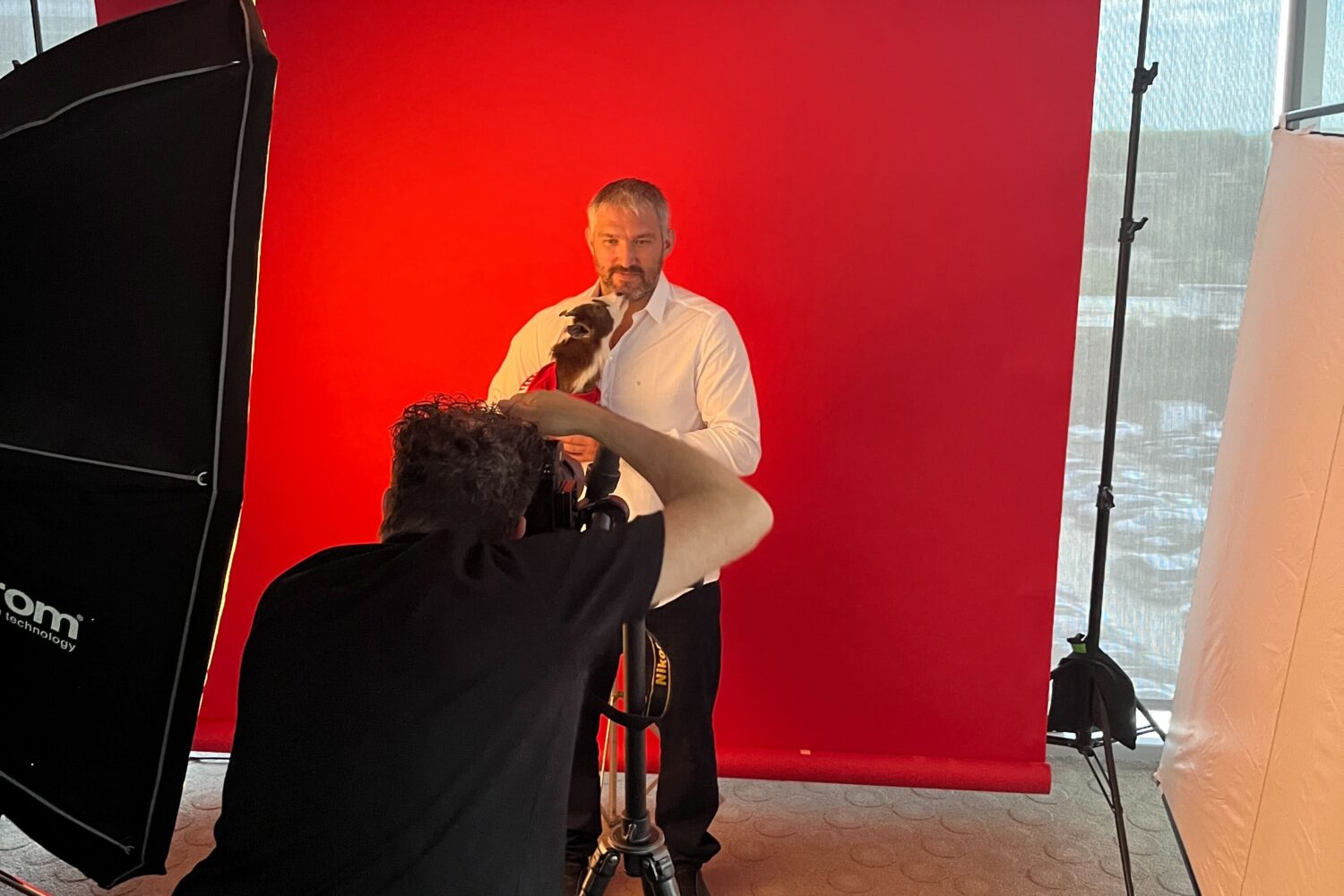Despite its nightmarish, decade-long development, the DC Streetcar has actually exceeded its initial ridership expectations. Before its February launch, officials predicted it would carry between 1,500 and 2,000 passengers each day; it’s since logged an average ridership of 2,400 weekday trips from March to May.
Now, the District Department of Transportation is trying to build on the early, if mild, success with a new advertising effort aimed at convincing more Washingtonians to “join the party.” The radio campaign, which was first reported by WJLA, is being broadcast on stations throughout the city, urging listeners to try out the modern trolley. There’s even a catchy jingle.
The tune’s lyrics, though, are less than imaginative: “Streetcar, Streetcar, cruising along. Streetcar, Streetcar, singing a song.”
https://soundcloud.com/greta-weber/dc-streetcar
The radio campaign is a part of a $221,000 ad rollout—including social media, print, and outdoor ads—launched earlier this month by DC Streetcar, which has a $1.7 million marketing budget through next year (Owens says that they’ll use most of the remaining funds for safety messaging, not ads.) But because the streetcar has already cost taxpayers about $200 million—plus an annual bill of $8 million to keep it running—for 1.9 miles of track along H Street and Benning Road, Northeast, some are arguing that the new rollout is an irresponsible use of funding.
“What they are going to try to do is make this Streetcar look like it’s working and it’s functioning so they can expand the service. And what does that mean? $200 million more? $300 million?” David Williams of the Taxpayers Protection Alliance told WJLA.
“DDOT is committed to being a good steward of taxpayer dollars,” Terry Owens, a spokesman for DDOT, tells Washingtonian. “Now that the system is operational, we are working to raise awareness around the system and at the same time attract more people to businesses along the H-Street corridor.” He adds that the $221,000 spent on radio ads is “well within industry standards.”
Whether or not blasting a corny jingle over the airwaves will make more people want to use it remains to be seen, but Owens is optimistic. The rest of the city, however, is remaining skeptical about a Streetcar project they had to wait 10 years to use. And because it won’t be free to ride forever (DDOT it would stay free for at least six months), its burden on taxpayers could start to lift. That could also mean a drop in ridership. As Washingtonian‘s Benjamin Freed wrote in May, ridership on Atlanta’s streetcar, which launched in 2015, dropped by 48 percent in the first three months of 2016 after introducing a $1 fare.
Correction: Due to a reporting error, a previous version of this article suggested the $221,000 advertising campaign is radio-only. The campaign also includes social-media, print, and outdoor advertisements.















